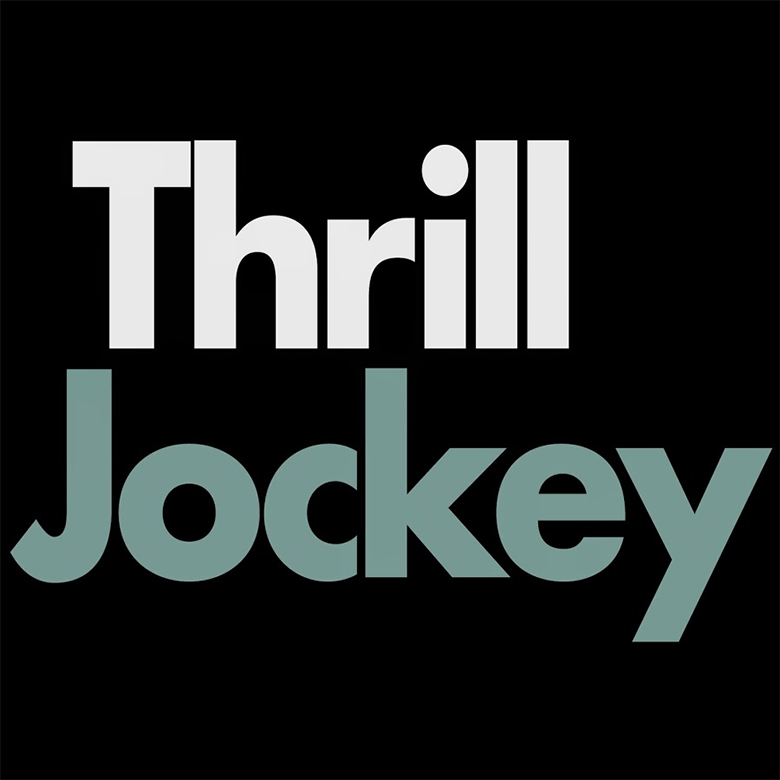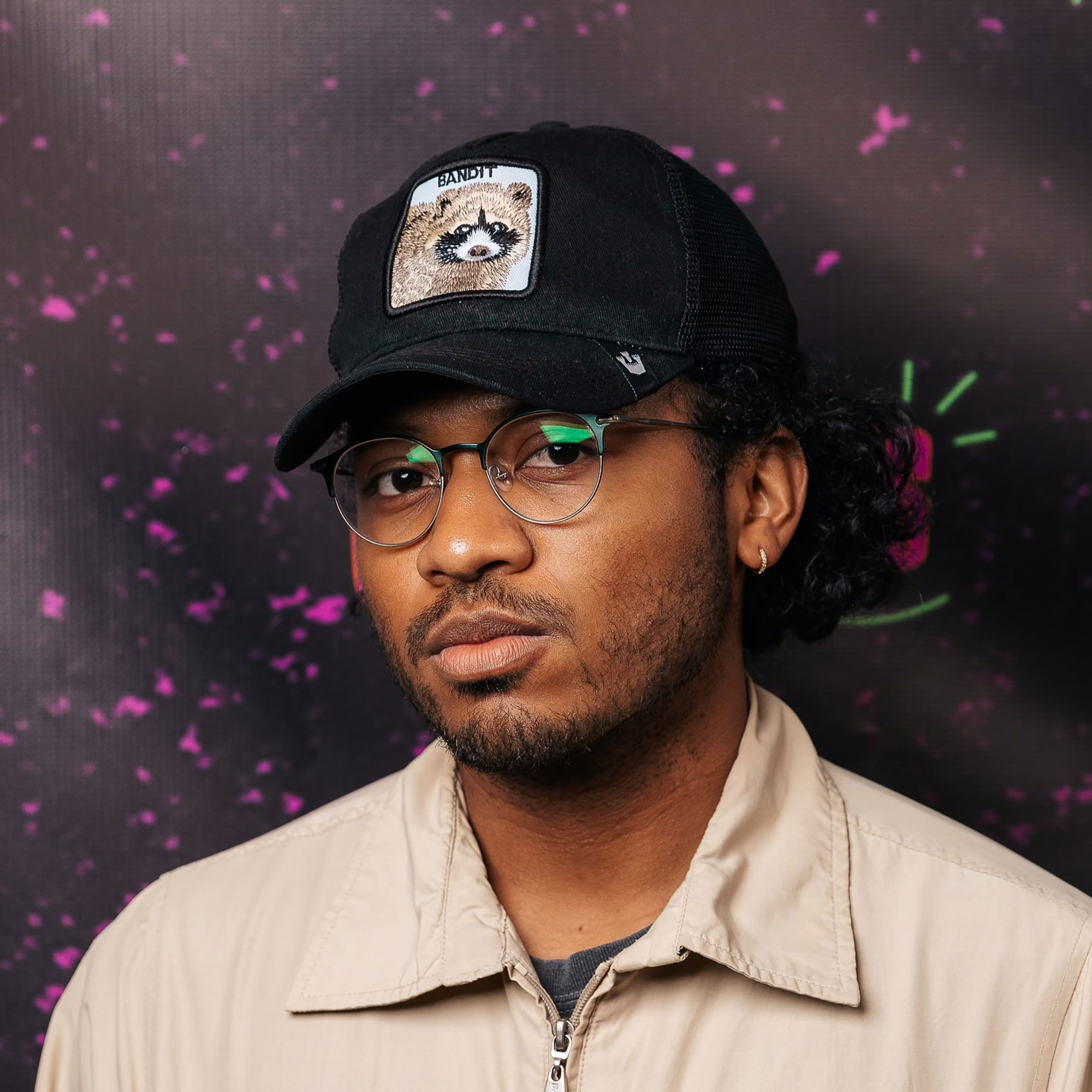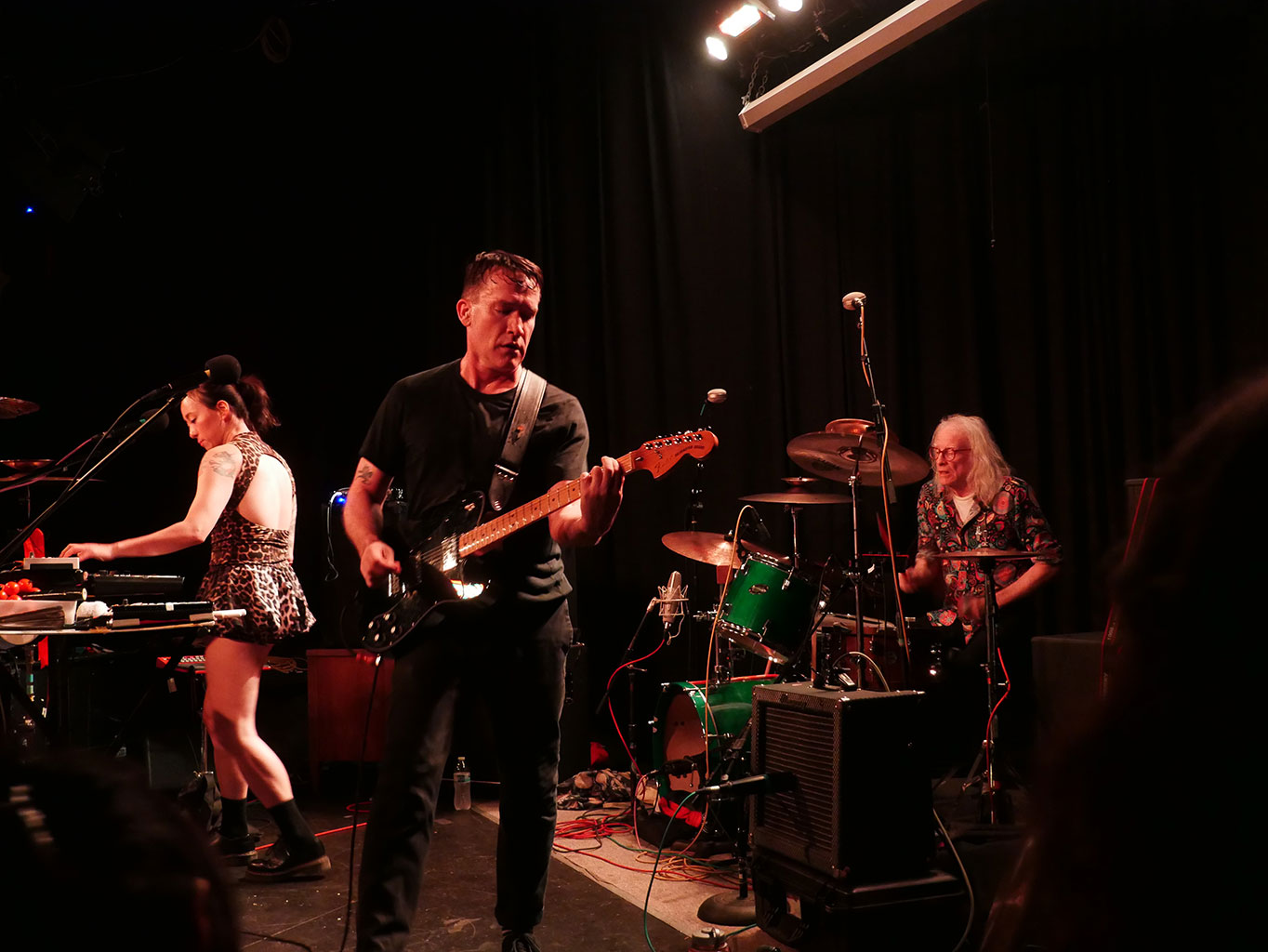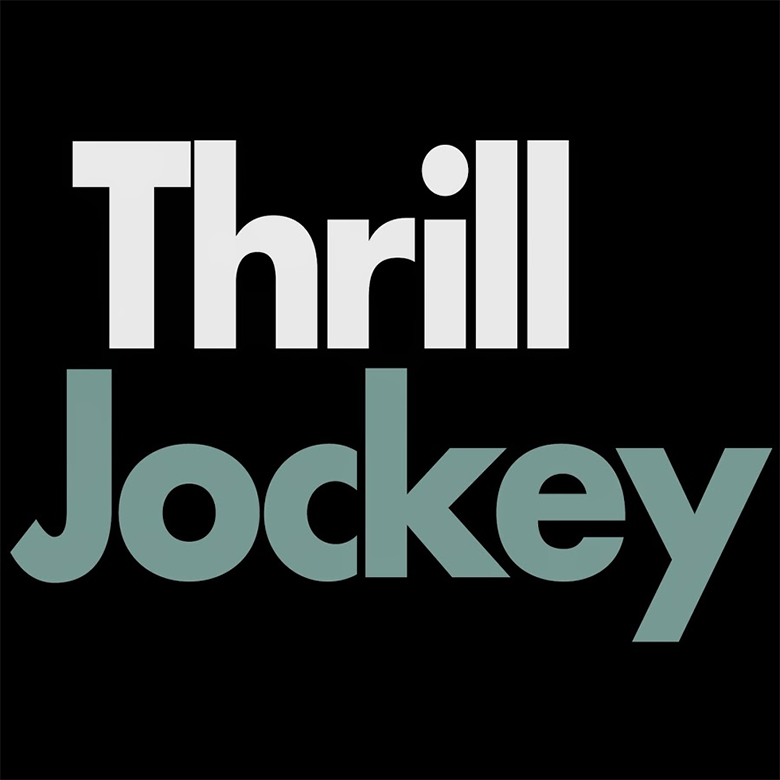
On a Saturday evening in early December, my nervous system was flooded with memories, sensations, reflections, and emotions while riding the brand new Max Orange Line to deep SE Portland, to catch Portland’s own Holy Sons opening for Jay Farrar, at a sold out show in the vaunted ’20s interior of the Aladdin Theater.
Chicago’s Thrill Jockey Records have weathered the digital blizzard better than most, positioning themselves as a force to be reckoned with and, as such, are a good starting point when trying to suss out the changing roles of record labels. Labels like Thrill Jockey serve as gatekeepers and tastemakers. Their imprint is more of a mark of approval than a signature sound.
The best record labels have always struck a balance between being a barometer of social tastes and pleasures and a kind of vanity fair, putting out whatever they want from their friends, family, or bands they’re championing. If you follow a record label long enough, you will find all manner of bizarre and disorienting twists and turns along the way, as could be heard from spending two days with two very different Thrill Jockey artists.
The Orange Line cuts a direct line between Portland’s far north and south quadrants. It was my first time riding the rails since the line opened in September of this year — a sensation that was both nostalgic and surreal. The Orange Line runs through the outlying neighborhoods of Brooklyn and Sellwood, where I lived a few years ago. I used to wander through the twisting industrialized bowels of deep SE in the middle of the night, getting off of work late at my rock ‘n roll line cook job.
The Orange Line to the Brooklyn neighborhood is the perfect metaphor for what it’s like to be a fan of Thrill Jockey. If some poor indie rocker had been in cryo-stasis for the last two decades, they’d likely be highly confused how they got from the working class tumult of Eleventh Dream Day and Jim Shepard’s V3 to the disorienting melange of avant metal and futuristic synth meditations we know today.
Like most, I got into the label through a very particular brand of Chicago “post-rock”, with bands like Tortoise and The Sea And Cake pushing the holy trinity of guitar/bass/drums into brave new worlds, infusing rock’s revolutionary zeal with a heady meringue of dub, minimalism, easy listening, kosmische, Western soundtracks, and much much more.
Thrill Jockey records were as much music history symposium as satisfying listens in their own right. I ravenously devoured the references, ultimately transcending my banal suburban consumerist roots to become a right proper FAN-atic. Connecting the dots would ultimately propel me out of the Midwest, seeking a culture I could participate in. This quest would lead me to my new hometown of Portland, Oregon.
Holy Sons
I probably wouldn’t have understood any of Emil Amos’ charming between-songs banter without these meandering investigations. Under the name Holy Sons, Amos alternated between deep, damned acoustic singer-songwriter vibes and chatty charming stories, jokes, and quips.
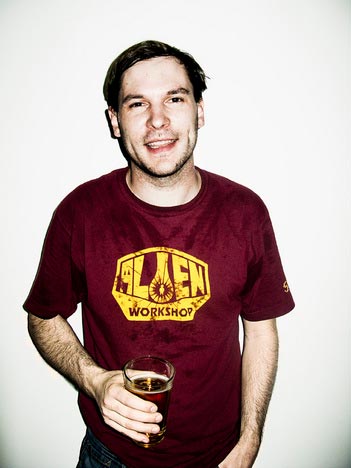 For those that don’t know, Emil Amos is best known for keeping time in the influential post-rock/instrumental rock band Grails and the ritualistic drone metal of Om, but he also dishes out deep dubby cut-and-paste hip-hop as part of Lilacs & Champagne. (Editor’s Note: read our interview!) My journey with Emil Amos goes back almost as far as Thrill Jockey, although I didn’t know it at the time.
For those that don’t know, Emil Amos is best known for keeping time in the influential post-rock/instrumental rock band Grails and the ritualistic drone metal of Om, but he also dishes out deep dubby cut-and-paste hip-hop as part of Lilacs & Champagne. (Editor’s Note: read our interview!) My journey with Emil Amos goes back almost as far as Thrill Jockey, although I didn’t know it at the time.
On record, Holy Sons’ mournful, personal, daemonic acoustic ballads are swarmed and swathed with eerie echoes and groaning shadows. Live, it was refreshing to see and hear Amos in full focus. He revealed himself as a charming, funny, highly talented and committed musician. Alone on an empty stage, with only an acoustic guitar and a stool, Amos’ set was stripped down and sparse, proving that he doesn’t need special FX to tell interesting stories.
A quick overview of the setlist gives a good idea of what Holy Sons is like: live, with “Breakdown On The Beach,” a transformation of Black Flag’s miserablist anthem into a mystical opium reverie; “Suicide Is Painless”, a song so depressing the words had to be stripped because people were killing themselves — before it could take its place in the public consciousness as the theme song from M.A.S.H.; as well as drawing from a cross-section of his deep 12 album discography.
It sounds deep, dark, and heavy, and it is and was, but Emil Amos finds the light, as well as the darkness. All in all, Holy Sons is like a drop shadow of pop culture, particularly with Amos’ between-song banter. There was necrophiliac humor about David Carradine and Gene Clarke, whom Amos claimed was killed by Tom Petty after his break-out version of Clarke’s “Full Moon Fever”, which earned him a mint.
According to Amos, a very wasted David Carradine came to Clarke’s funeral to seek revenge for violating his daughter’s honor, and swept the body up in a bear hug. Then, unaware that the innards are removed during the embalming process, inadvertently snapped the desiccated body in half. This followed Amos’ preface that he told this story to a stone cold audience in San Francisco.
There were also book recommendations (A Man Called Destruction, the Alex Chilton biography by Holly George Warren), details about being in Paris shortly after the terrorist attacks and listening to demos at Daniel Lanois’ mansion in L.A. (“a very L.A. thing to do”), thoughts on Dennis Wilson as a sex addict, Charles Manson, and Beach Boys’ gold records. Though Amos now lives in New York, there were also personal reflections on his Portland experience, working at a homeless shelter across the Steel Bridge for 13 years. He described how living in the city was “some of the hardest and most challenging times of my life, but I was able to build something I’m pretty proud of.”
As I walked around the Brooklyn neighborhood, waiting to check out Son Volt’s Jay Farrar, Amos’ motivations became clear. I used to walk home every night, in the dead of night. This evening, however, I circled the streets aimlessly, having a quick smoke in the sodden rain. Parks I had passed hundreds of times looked alien and brand new, and Amos’ musical approach suddenly made sense.
For anyone making, or passionately listening to music in 2015, you have likely heard A LOT of music. The weight of the past — the burden of influence — can be like two tons of lead weights on your shoulders. If you think about it too much, you’re done before you’ve even begun. For Emil Amos, and for all of us, it all begins with an idea: a chord progression, a clever lyric, or something moving or interesting that happens to us in our lives… and then we scratch and strike at our strings and our pages, hacking the raw material into something new, unique and personal.
It’s both brand new, and completely the same, every time. And whether or not it matters, or it’s important, we will keep doing it. And keep keep doing it.
Jay Farrar
Jay Farrar headlined to a sold out and appreciative audience, performing songs from the influential Son Volt debut Trace, which celebrated its 20th anniversary this year. Trace is an essential document of the early alt-country movement, and it was thrilling to hear the dots being connected from rootsy rustic Americana to the addictive thrills of power pop and punk’s ephedrine rush. Trace was transformed into a glorious country string band small orchestra with the fretwork of Gary Hunt and Eric England, fleshing out Farrar’s sturdy acoustic with a gorgeous mixture of electric and pedal steel guitars, fiddle, and mandolin. The airy, weightless string tones became a pyrotechnic silverine explosion over standout tracks like the moving “St. Genevieve”, with its dueling pedal steel guitars.
The sold-out audience received Farrar’s gifts rapturously, somewhere between the reverential silence of the tabernacle and the raucousness of a tavern on a Saturday night. The Aladdin Theater was a bit of both, this fine gloomy Saturday evening, smack dab between the past and the future. Which, I guess, would be the present.
Ω

